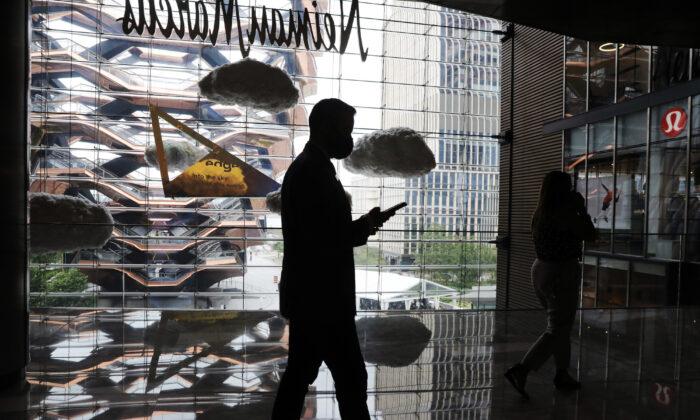The holiday shopping season is expected to get an earlier-than-normal start this year, with a new report from Salesforce arguing that pandemic-related health concerns, along with expected product scarcity and shipping delays, will combine to fuel earlier holiday demand.
“The combination of Amazon’s Prime Day event in mid-October and consumers eager to ensure their packages arrive on time,” along with anticipated product scarcity, orders predicted to exceed shipping capacity by 5 percent, as well as health and safety concerns leading consumers to avoid brick-and-mortar in favor of online purchasing, “will lead to an earlier start in the holiday shopping season,” the analysts stated.
These factors mean that around 10 percent of November’s Cyber Week sales are expected to be pulled into October.
“This earlier demand is expected to shift up to $6 billion of November’s Cyber Week volume in the U.S. and $26 billion globally to the month of October,” they said in the report.
But while digital sales during the holiday season are expected to reach a new record high of $940 billion worldwide and $221 billion in the United States, overall sales during the holiday season are predicted to stay flat, with brick-and-mortar retailers poised to suffer a shortfall in demand.
Firms that can adapt by offering buy online, pickup in store, or BOPIS services, will be able to increase their digital revenue by 90 percent compared to last year’s holiday shopping season, Salesforce analysts argued. A recent Adobe digital commerce report found that BOPIS shopping grew 59 percent month-over-month in August and 259 percent year-over-year.
“Businesses that succeed during the holidays will use everything at their disposal to make shopping easy and safe, including convenient digital ordering, creative and efficient fulfillment, and responsive customer service,” said Rob Garf, VP of Industry Insights for Retail and Consumer Goods at Salesforce, in a statement.
“Digital commerce won’t fully compensate for the projected brick-and-mortar slowdown, but it will be critical to help retailers close the gap this holiday season,” he added.
It follows a recent Deloitte report that argued the “upcoming holiday retail season will be marked by unparalleled uncertainty,” and in a scenario in which consumers continue to experience growing fears around both their health and finances due to factors like a surge in infections, school closures, or weak jobs recovery, the company predicts a relatively flat growth in overall holiday spending of between 0 percent and 1 percent year-over-year.
A more optimistic scenario, one in which consumer confidence rises fueled perhaps by continued economic recovery and reduced outbreak severity, sees an increase in overall holiday retail sales of between 2.5 percent to 3.5 percent year-over-year.
“This year, one of two holiday scenarios will play out. Regardless of the scenario, however, the consumer’s focus on health, financial concerns, and safety will result in a shift in the way they spend their holiday budget,” Rod Sides, vice chairman of Deloitte, said in a statement.
“For retailers, this holiday season will continue to push the boundaries on the importance of online, convenience, the role of the store, and the criticalness of safe and speedy fulfillment,” he added.





